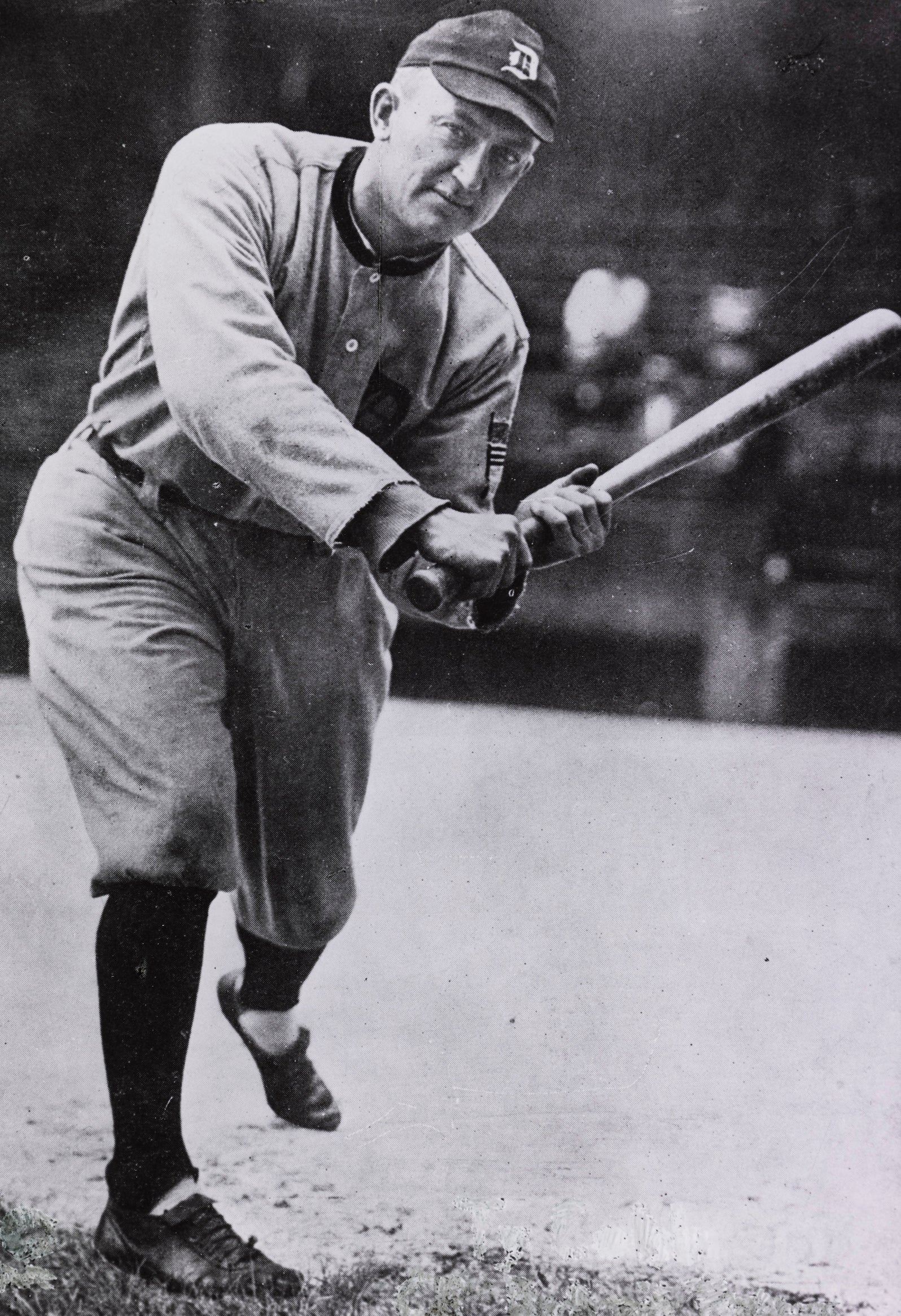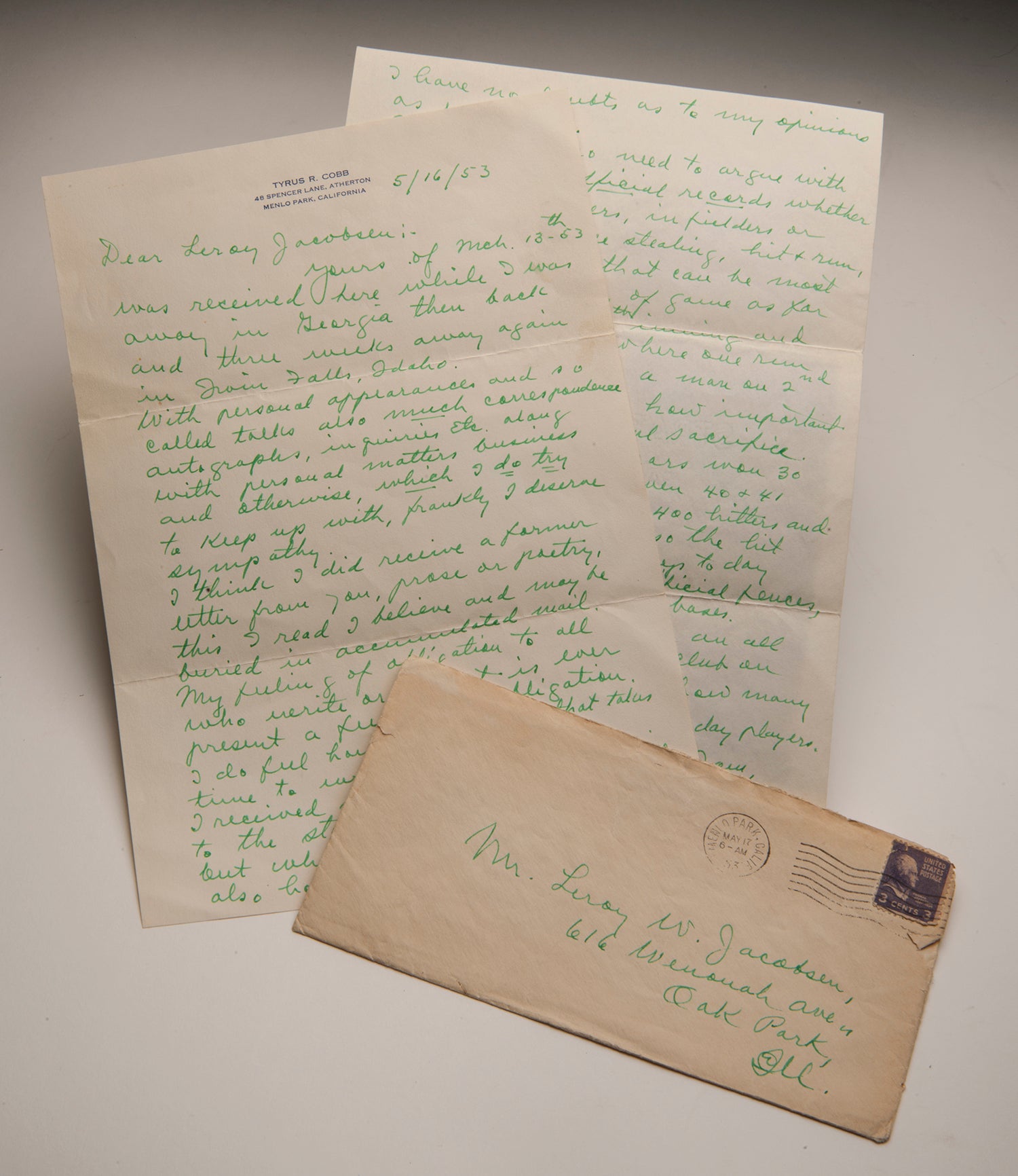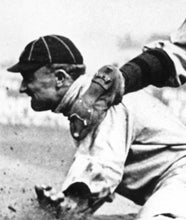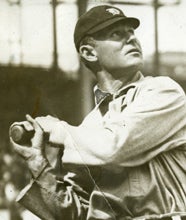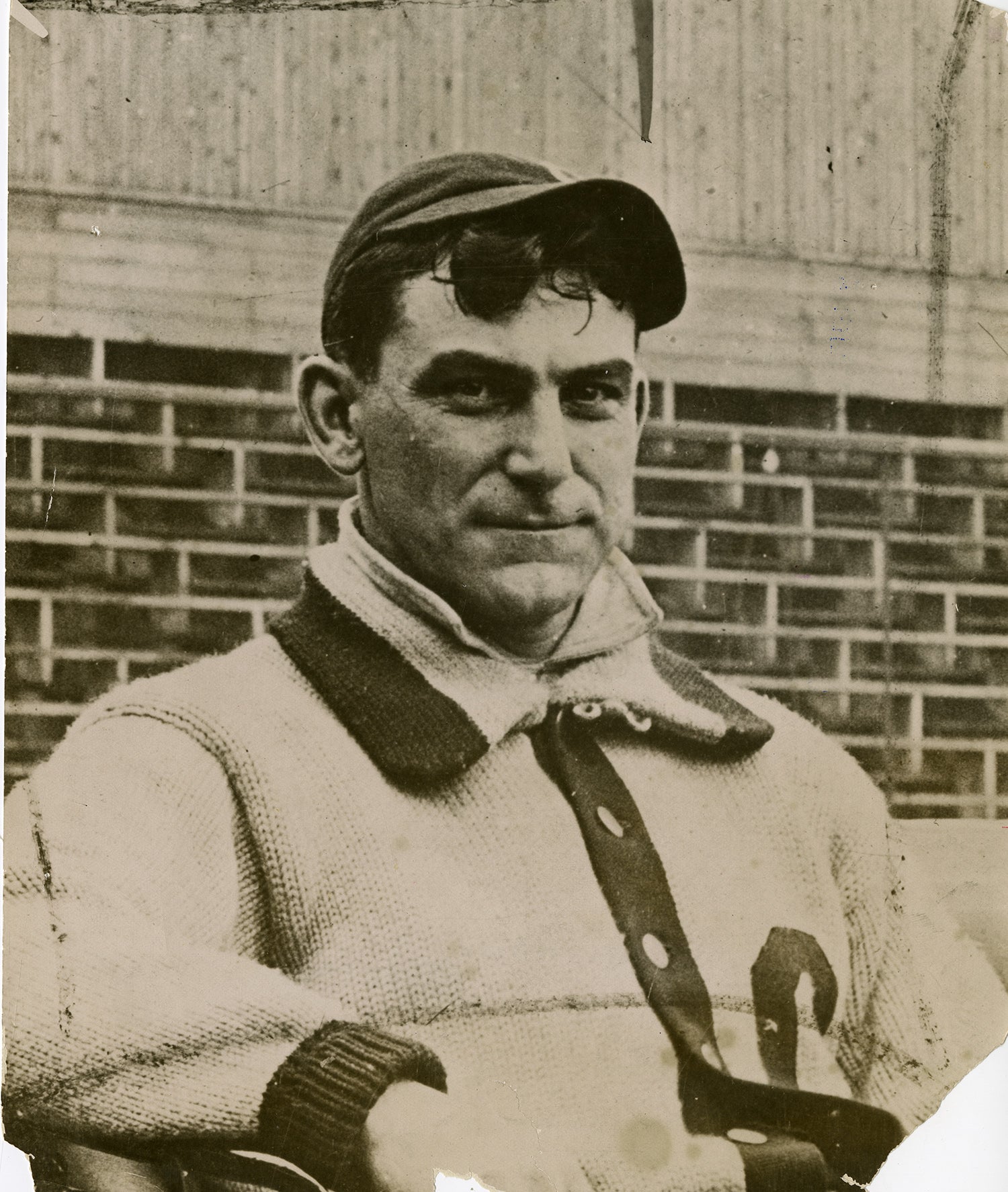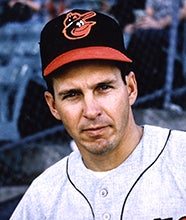- Home
- Our Stories
- Tigers’ Barrett was first to 162
Tigers’ Barrett was first to 162
Who was the first big leaguer to play 162 games in a single season?
Would you believe it’s Jimmy Barrett, a star center fielder with the Detroit Tigers in the nascent days of the American League who died 100 years ago?
Baseball fans puzzled by this answer undoubtedly recall that the American League made news in 1961 when, due to adding the Los Angeles Angels and Washington Senators expansion teams, it increased the season from 154 to 162 games.
The eight-team Junior Circuit had a 154-game schedule from 1904-60, with each squad playing the other seven 22 times per year. In ’61, when the AL increased to 10 teams, each team played the other nine squads 18 times.
So how did Detroit’s star 29-year-old outfielder play 162 games in 1904 in the fledgling AL? Amazingly, the Tigers set a single-season record with 10 tie games, eight of which were replayed.
The next time someone played at least 162 games in a season came 57 years later in 1961 when four players in the Junior Circuit’s first year of expansion – Bobby Richardson of the Yankees, Jake Wood and Rocky Colavito of the Tigers, and Brooks Robinson of the Orioles – reached the threshold.
Official Hall of Fame Merchandise
Hall of Fame Members receive 10% off and FREE standard shipping on all Hall of Fame online store purchases.
This rare distinction for Barrett is certainly noteworthy, but far from the only career highlight for the 10-year big leaguer who also spent time with the Cincinnati Reds and Boston Red Sox.
It was during a four-year stretch from 1901 to ’04 during his tenure with the Tigers, which coincided with the first four seasons of the AL, that Barrett not only made a name for himself in the Motor City but also across the national baseball landscape.
Born in Athol, Mass., in 1875, the 5-foot-7, 170-pound Barrett served in the Army from 1894 to 1896, then played semipro baseball before making his professional debut in 1898 with the New York State League team in Oswego, N.Y., about a two-hour drive northwest of Cooperstown.
After one season starring on the shore of Lake Ontario – the solidly built left-handed hitter batted .332 – Barrett joined Detroit’s team in the Western League, where he batted .331 with 117 runs scored. Purchased by the NL’s Reds toward the end of that successful 1899 campaign, “the dashing little outfielder,” as the Cincinnati Enquirer referred to him that year, made an auspicious big league debut in September, finishing with a .370 batting average in 26 games.
After another stellar campaign with the Reds in 1900 – batting .316 with 114 runs scored, 44 steals and a .400 on-base percentage – Barrett jumped to the Tigers – returning to the city that he enjoyed in 1899 – of the young American League.
“The man who many good judges consider the best all-around outfielder in the world,” read the Cincinnati Enquirer in February 1901. “Barrett is progressive, studies baseball continuously, and is as fine a thrower, hitter, fielder and general team worker as can be found in the profession.”
No paper tiger, from 1901-04 Barrett combined to hit .293 (643-for-2,192) with a .384 OBP, while averaging 95 runs and 23 stolen bases per season.
“Barrett is not a slugger, but is a natural .300 hitter because of his ability to lay them down and to beat slow hit balls on the infield,” wrote the Detroit Free Press in April 1905. “When he is going right his speed and his patience in waiting out bad ones will put him at first base as often as any man in the league.”
Defensively, Barrett led all AL outfielders in putouts twice (1902, 1904) and assists three times (1901, 1903, 1904).
In 1904, during the early days of the American League, Jimmy Barrett became the first big leaguer to play 162 games in a single season. This card from the “Fan Craze” card game, produced in 1904, is part of the Hall of Fame's collection. (Milo Stewart Jr./National Baseball Hall of Fame and Museum)
“It was said of him that the man never lived who could go back on a ball better than he,” the Detroit Free Press printed in October 1910. “Some unerring instinct seemed to tell him just where a ball would drop and he always was waiting for it, ready to make the catch, gracefully, easily and with the certainty of a steel trap.”
Unfortunately for Barrett, a year after playing 162 games, Detroit’s acclaimed flycatcher saw his career derailed on April 26, 1905, when he twisted his left knee attempting to catch a line drive off the bat of Cleveland’s Nap Lajoie. It seemed trivial at the time, the next day’s Detroit Free Press stating, “It is expected that Barrett will play today,” but the subsequent news proved more ominous.
The swift outfielder had lost the unique ability that made him famous and would play only 14 more games that season. While this opened the door for an 18-year-old Ty Cobb to take over center for the Tigers in 1905, future comeback attempts in 1906 with the Reds and 1907 and ’08 with the Red Sox proved fruitless for Barrett. The once great ballplayer had played his last big league game at the age of 33.
“He is one of the most popular men in baseball and in the days when in his regular form was the idol of the fans,” the Detroit Free Press recalled in November 1909. “He is one of that class of players that has done so much to make baseball the clean and honest sport that it is at present. Off the field, Jimmy is quiet and reserved, but in the game he has plenty of pepper, though never accused of belonging to the Mugsy McGraw school of tossers.”
In the collection of the National Baseball Hall of Fame and Museum resides a Barrett baseball card, sized 2.5 inches by 3.5 inches, from the “Fan Craze” card game produced in 1904, and featuring 51 cards from the top players in the AL at the time.
Barrett’s life came to an untimely end when he died in his Detroit real estate office at the age of 46 in 1921. The cause of death was reported to be apoplexy.
Upon his death, the Detroit Free Press wrote: “In the heyday of his career there was no greater outfielder than Barrett who, with (Sam) Crawford and (Matty) McIntyre, composed the foremost garden trio in the major leagues.”
After his successful playing career, Barrett met success in the real estate business, too, leaving an estate of $400,000 made up of property, bonds and securities. Using a modern inflation calculator, his estate 100 years later would be worth a little more than $6 million.
Bill Francis is the senior research and writing specialist at the National Baseball Hall of Fame and Museum



